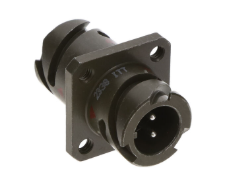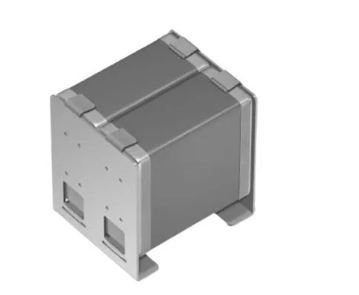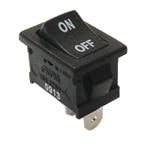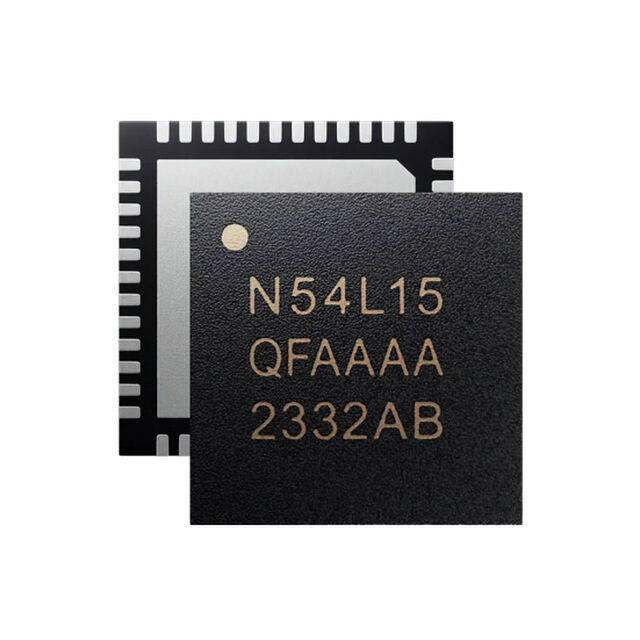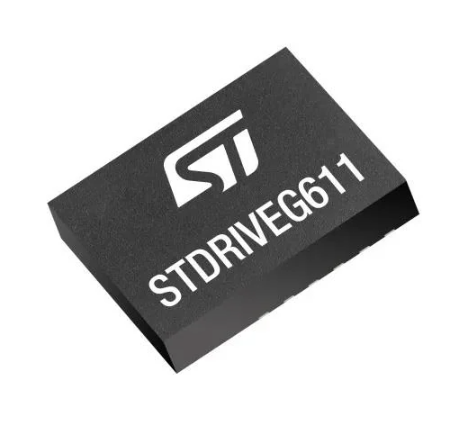Microchip releases next-gen atomic clock
Microchip has announcd the second generation of its Low-Noise Chip-Scale Atomic Clock (LN-CSAC) model SA65-LN, with updates including a lower profile height and a design to operate in a wider temperature range, enabling low phase noise and atomic clock stability in demand conditions.
This solution meets the demands of developers who need ultra-clean timing devices for aerospace and defence applications where size, weight and power (SWaP) constraints are critical.
A Chip-Scale Atomic Clock (CSAC) is an important reference for these systems, providing the necessary precise and stable timing where traditional atomic clocks are too large or power-hungry and where other satellite-based references may be compromised.
Microchip has developed its own Evacuated Miniature Crystal Oscillator (EMXO) technology and integrated it into a CSAC, enabling the model SA65-LN to offer a reduced profile height of less than ½ inch, while maintaining a power consumption of <295 mW. The new design is optimal for aerospace and defence mission-critical applications such as mobile radar, dismounted radios, dismounted IED jamming systems, autonomous sensor networks and unmanned vehicles due to its compact size, low power consumption and high precision.
Operating within a wider temperature range of -40°C to +80°C, the new LN-CSAC is designed to maintain its frequency and phase stability in extreme conditions for enhanced reliability.
"A significant advancement in frequency technology, our next generation LN-CSAC provides exceptional stability and precision in a remarkably compact form," said Randy Brudzinski, Corporate Vice President of Microchip’s frequency and time systems business unit. "This device enables our customers to achieve superior signal clarity and atomic-level accuracy, while also benefiting from reduced design complexity and lower power consumption.”
The LN-CSAC combines the benefits of a crystal oscillator and an atomic clock in a single compact device. The EMXO offers low-phase noise at 10Hz < -120 dBc/Hz and Allan Deviation (ADEV) stability <1E-11 at a 1-second averaging time. The atomic clock provides initial accuracy of ±0.5 ppb, low frequency drift performance of <0.9 ppb/mo, and maximum temperature-induced errors of < ±0.3ppb. Together, the LN-CSAC can save board space, design time and overall power consumption compared to designs that feature two oscillators.
The crystal signal purity and low-phase noise of LN-CSAC are designed to ensure high-quality signal integrity, which is essential for frequency mixing. The atomic-level accuracy allows for longer intervals between calibrations, which can help extend mission durations and potentially reduce maintenance requirements.



